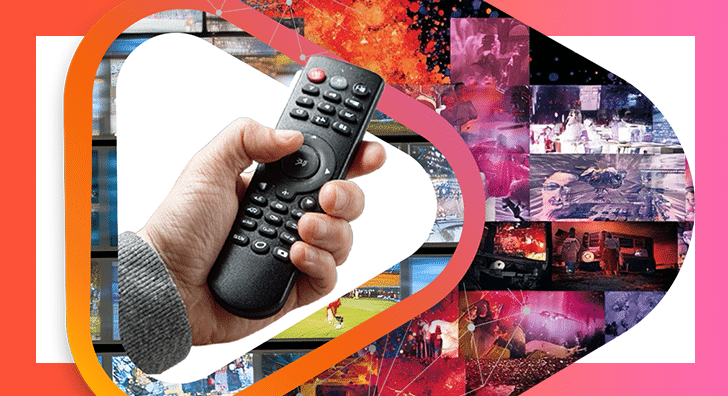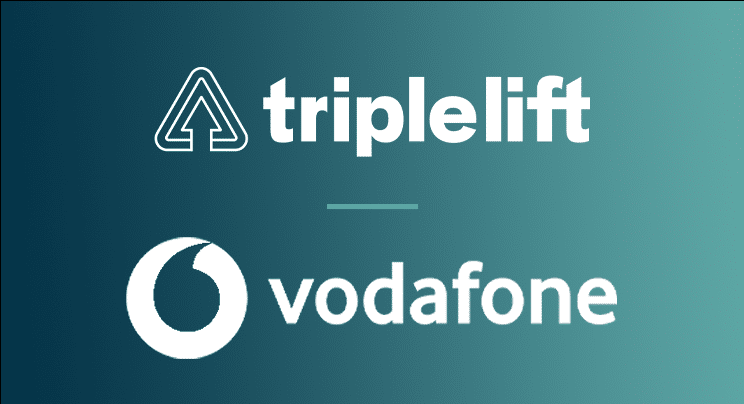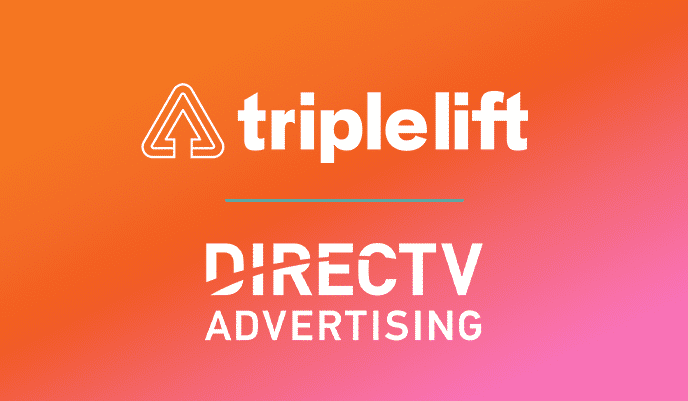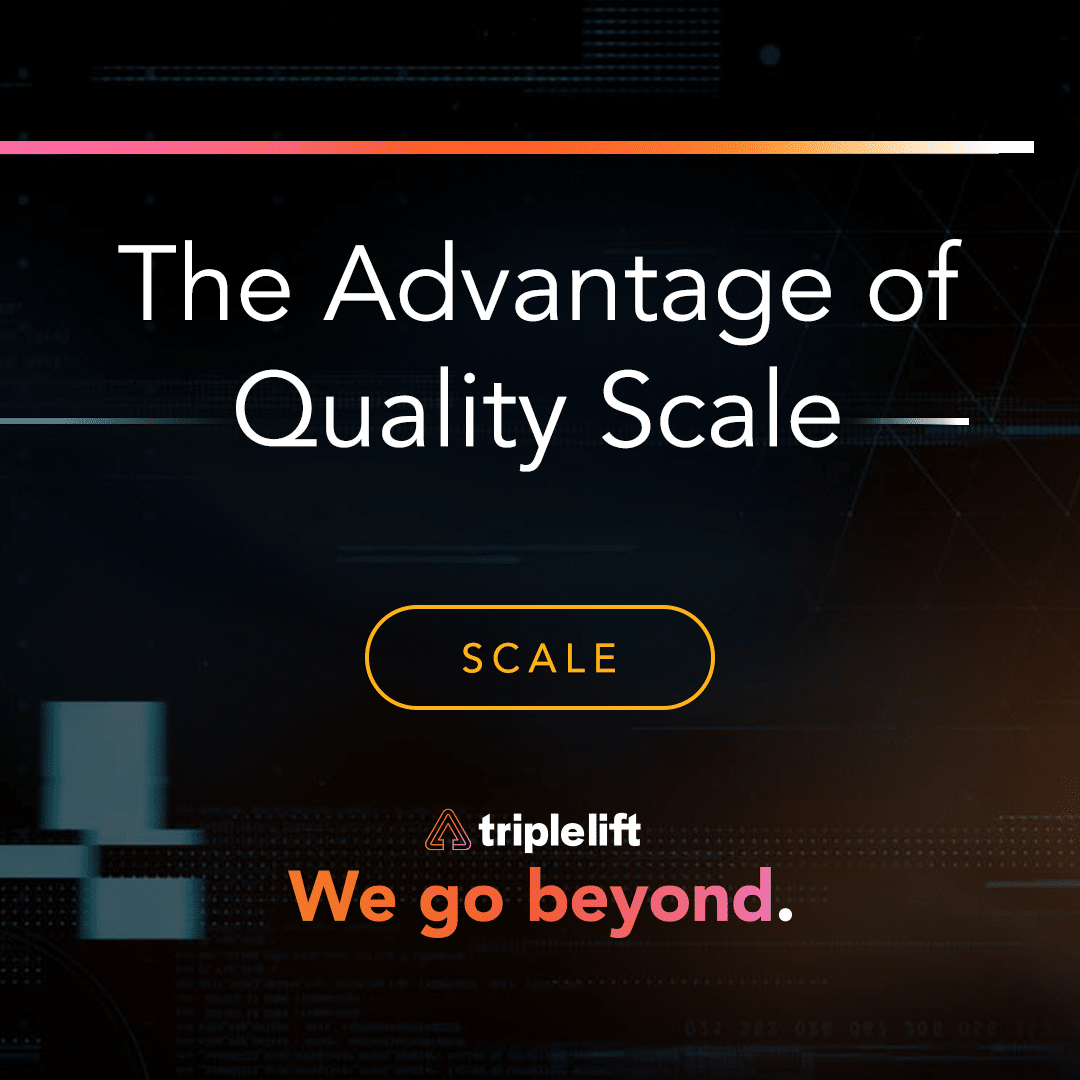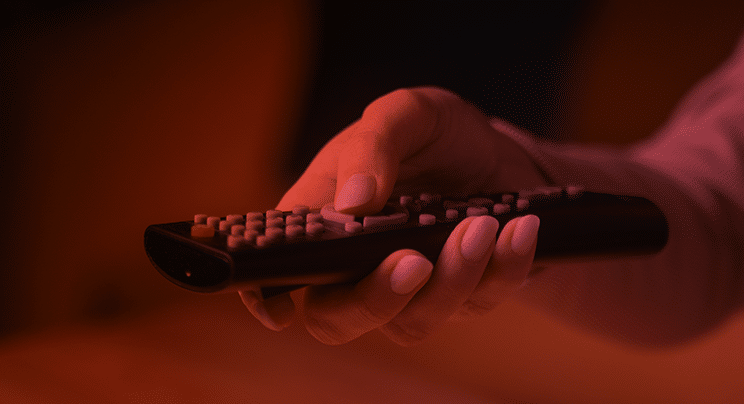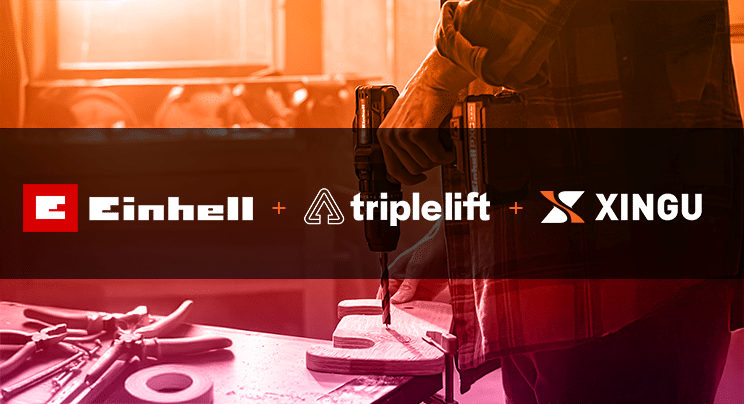As the industry grapples with issues of brand safety, performance, and how both can scale, we sat down with Pete Erickson, Vice President of Publisher Development, to discuss TripleLift’s approach.
Let’s start with what you do at TripleLift.
I’m responsible for bringing new publishers onto the TripleLift platform. I help make sure we bring on supply, but the right kinds of supply, for our buy-side clients to run on.
The terms “quality” and “scale” can mean different things. How do you think about them?
For agencies and brands that need to run campaigns, the first piece is that we need to make sure we have scale to meet their performance metrics. A platform that doesn’t have scale would mean buyers need to run their campaign longer than they want to, or just not meet their metrics. The fact that we have scale is important. The second piece is quality. We need to offer buyers the type of content and audience that they want to run their ads on.
Just to really dig into this for a moment, there is this idea out there that buyers have to make a tradeoff between scale and quality. Is this still the case?
Not so much anymore. Prior to 2014, there actually was a lot of lower quality supply on real-time bidding exchanges. At that time, buyers who wanted premium publishers had to reach out in the more traditional, direct way. The joke back then was that real time bidding was a race to the bottom.
Quite a contrast from where things are now.
Yes. TripleLift is a large global company and we’re working with publishers from the largest media companies in the world, definitely the comScore 100, all the way to mid- and long-tail publishers. And it’s vital to us that everything in our supply is brand safe, that everything is going to perform well and convert well for our buyers, across everything.
How do you decide what’s a quality publisher?
We do have automated systems, with all sorts of high-tech stuff running across the platforms, but you need humans to fine tune it. With any computer learning algorithm you have to run it, analyze it, tweak it, optimize, and so on. That’s part of the value we’re bringing to clients and publishers. In a lot of cases there are just common sense checks that folks on our team do, like going through a site, clicking through articles, and reading them.
What are you looking for when you decide to kick a publisher off the platform?
Brand safety and performance issues. From a brand safety perspective, misinformation is something we have always been careful about not allowing onto our platforms.We need to be on top of whether a site is misleading people about, say, a vaccine. Our partnership with NewsGuard, a company that vets thousands of sites, has been super-valuable in helping us keep those sites off our platform.
And what kind of performance red flags are you looking for?
Viewability is a major one. We look at viewability up front to make sure every single publisher is meeting our standards. There are many others. Bounce rate, for example. If users land on a site, then leave immediately, that tells us something. Maybe a publisher is trying to pump new traffic from various sources that are themselves low quality. And we don’t want our advertisers wasting money on stuff like that.
You’ve made the point that this process can actually benefit publishers.
The benefit to publishers is that each of them is plugged into our platform with thousands of other publishers who meet our standards. That ends up attracting good brands, good agencies, and big campaigns. Our publishers know they’re going to be on the receiving end of those campaigns, and that when they perform really well, that means bigger budgets from buyers down the line.
Let’s touch on a related point, which is that you connect directly with all of your publishers, in the technical sense, which brings efficiencies and trust to buyers.
The analogy I like to make about directness is that if you’re buying a car, and you buy it from a private party, you’re going to get a better deal than if you go to a dealer, or someone who’s aggregating a bunch of listings from dealers.
The buyer doesn’t pay the intermediary in that example.
Right. That’s how it works in programmatic as well. TripleLift is 100% direct in our integrations with publishers. So you avoid what we call the “tech tax,” where if you’re involving more companies in the re-selling of inventory, everybody is going to take their fee or slice of the pie.
And of course with a less direct path, a brand can’t be sure of the ultimate environment where their ad appears.
When a brand ends up where they don’t want to be, more often than not it’s because they bought through a non-direct supply path. That happens when a publisher works with an SSP that doesn’t have enough demand. So they sell to another SSP. As soon as you do that, you lose control. At TripleLift, we won’t allow another SSP to plug into us. We don’t think it’s good for publishers or buyers.
It would seem daunting to forge direct relationships with so many publisher partners, but the roots of those actually go back to your native business.
At our core, we are a native platform. In our early days, there was a technical reason for our direct relationships, we needed to work directly with publishers to design the look and feel and size and location of ads. So we built our entire platform on those direct relationships.
Today, we have direct relationships with 780 parent publishers encompassing 24,000+ sites and 2,200+ apps. Relationships we’ve built one-by-one.
Thanks so much, Pete!
Thank you.
